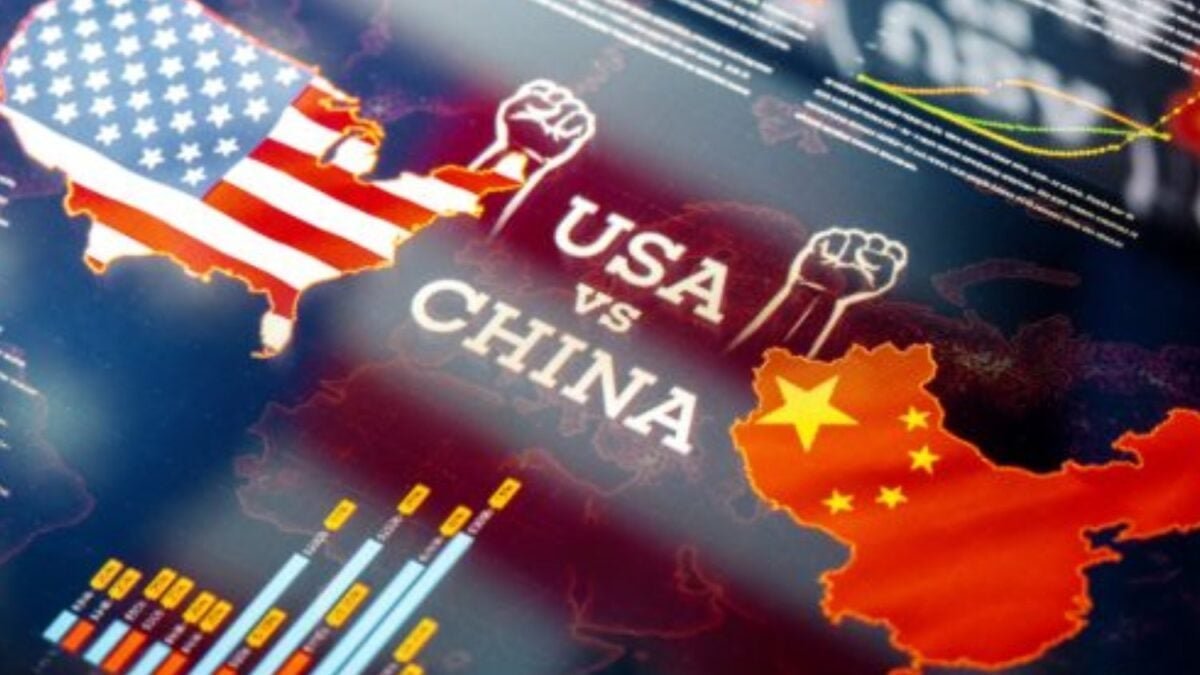The 21st Century’s New Resource Battle: Grains, Maritime Routes, and a Controversial Term Disrupting the White House.

For centuries, empires have fought over gold, oil, or territories. However, something unexpected is happening in Latin America. It’s not lithium or gas: it’s soybeans. A food, a seed, that today explains diplomatic pressures and financial agreements that no one saw coming.
When grains become geopolitics

What seemed like a simple agricultural crop has become a tool of power. Since 2018, when the US imposed tariffs on China, the Asian giant stopped buying American soybeans and began to seek new allies. This year, it sealed one of the most unexpected agreements: the purchase of 7 million tons of Argentine soybeans, accompanied by a currency swap with the Central Bank for 20 billion dollars. The US reacted with concern. Midwest farmers accumulated losses, full silos, and emergency subsidies. Soybeans, which for decades sustained the rural US economy, today symbolize its loss of influence against China.
Argentina, between two giants

The government of Javier Milei saw in this crop a political and financial opportunity. It temporarily eliminated export taxes to facilitate sales to China, amid an economy suffocated by debt and inflation. The US accused the Argentine government of “financing a competitor,” while Democratic lawmakers and Bernie Sanders demanded a halt to economic support to Argentina. Paradoxically, the US had announced an almost simultaneous agreement to strengthen Argentine reserves, trying to regain influence against China.
The new global power board

Thus, soybeans are once again the scenario of dispute, but with a different actor: food. Soybeans not only feed livestock and people; they feed strategies, alliances, and development models. Every ship that sets sail from the ports of the Paraná River towards Shanghai does not only transport grains: it carries a part of the global balance. It is no longer about who controls gold or lithium, but about who guarantees the food of the future. Because on a planet with a climate crisis, global inflation, and military tensions, hunger is also diplomacy. The inevitable question arises: if today soybeans can challenge the US, what other silent resource could once again change the map of world power? Perhaps, the next major wars will not be fought over minerals, but over crops. And once again, Latin America will be a battleground.







